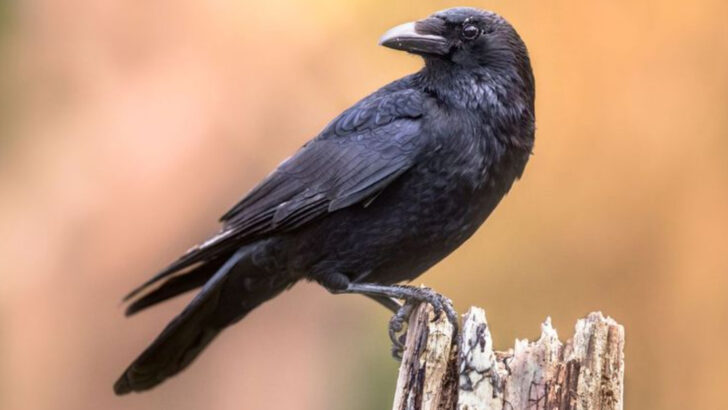Think humans are the smartest creatures on the planet? Think again. There’s a secret world of animals out there, quietly outsmarting us in ways that’ll make you question everything you thought you knew about intelligence.
From crows crafting tools to octopuses solving puzzles with ease, these animals are masters of problem-solving, creativity, and social skills. They’re not just surviving—they’re thriving by using their brains in ways that are straight-up mind-blowing.
It’s time to toss out the old idea that humans reign supreme when it comes to smarts. These animals are showing us that intelligence comes in all shapes and sizes, and sometimes, it’s the ones we least expect that are teaching us the most.
Let’s uncover the 21 animals who are outthinking us—and making us look downright slow in the process!
Octopus
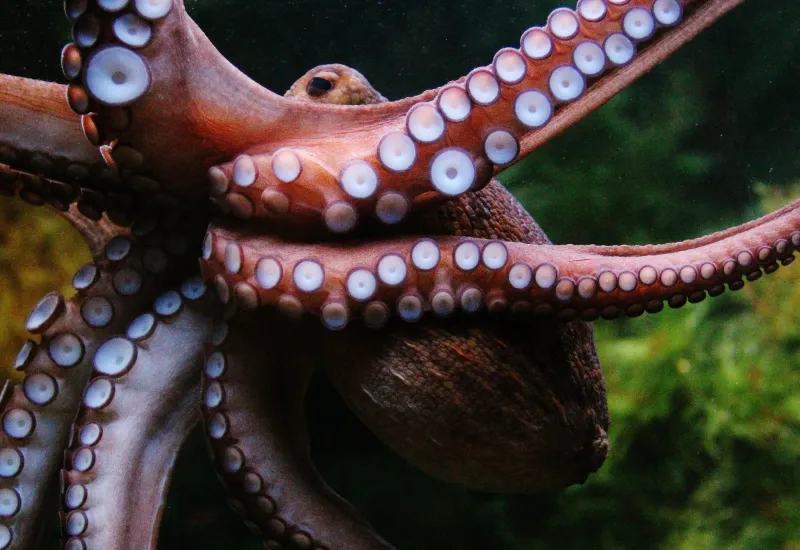
The octopus, a marine marvel, astounds researchers with its problem-solving skills and curiosity.
These cephalopods can open jars, navigate mazes, and even use tools. In aquariums, octopuses have been observed escaping their enclosures, demonstrating their remarkable adaptability.
Their ability to mimic other sea creatures and blend into their environment further underscores their intelligence.
Often referred to as the ‘escape artists of the sea,’ their complex nervous system and large brains allow them to process information and learn from experiences, exhibiting traits often associated with higher vertebrates. Their cleverness is not just for survival but also for exploration.
African Grey Parrot
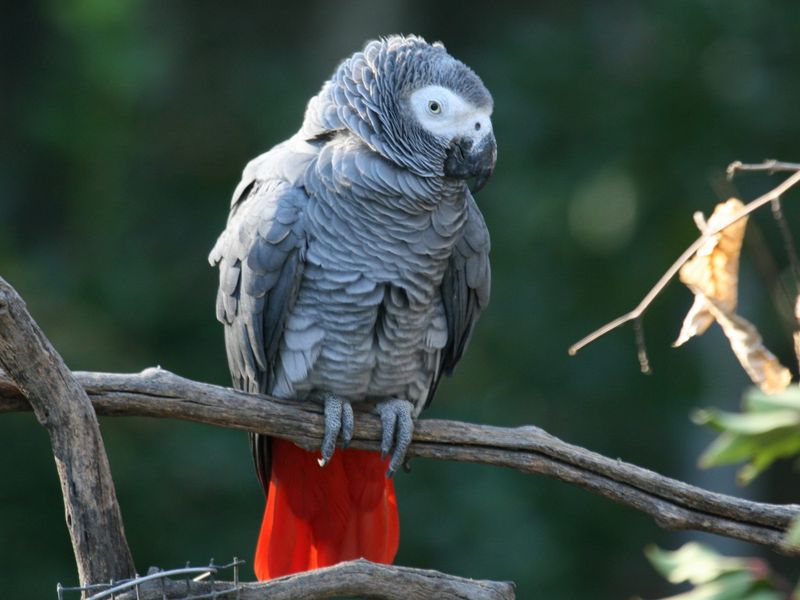
African Grey Parrots are renowned for their exceptional cognitive abilities and mimicry skills. These birds can learn and understand a large vocabulary, often using words in context, a trait rare in the animal kingdom.
They exhibit problem-solving skills and can perform tasks that require logical reasoning. In studies, they have shown the ability to understand concepts such as shape, color, and number.
These parrots are known to build strong emotional bonds with their human counterparts, often displaying empathy. Their intelligence rivals that of great apes, making them fascinating companions and subjects of scientific studies.
Dolphin
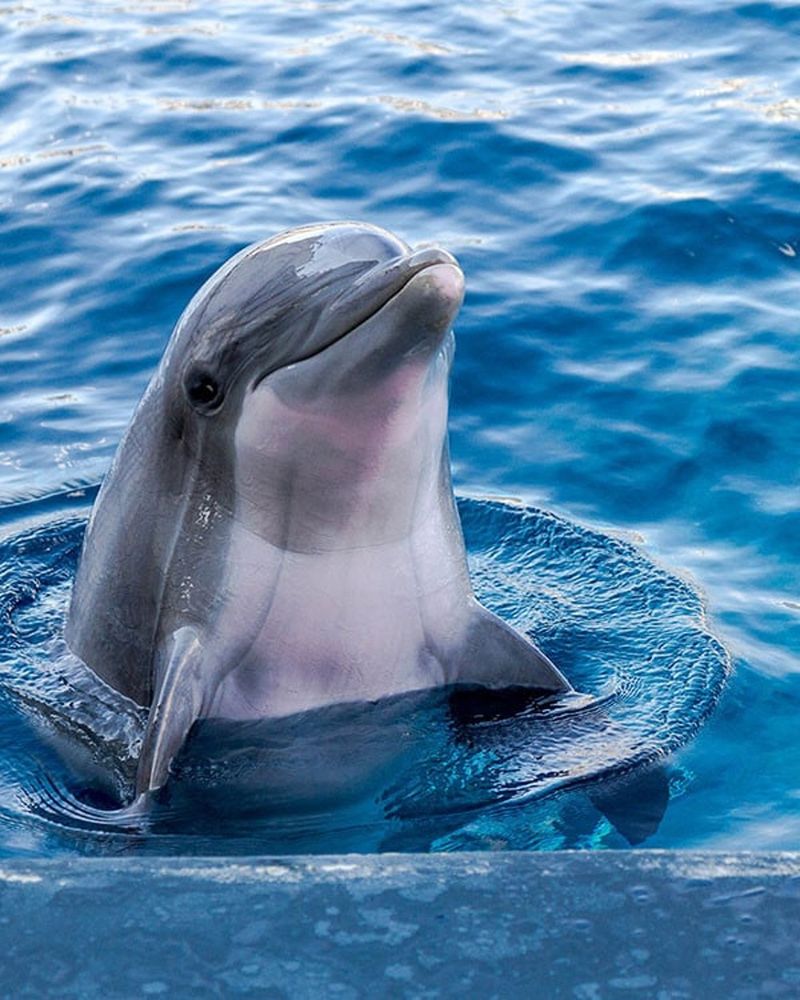
Dolphins are celebrated for their high intelligence and complex social structures. They use sophisticated vocalizations to communicate and demonstrate self-awareness through mirror tests.
Known for their problem-solving skills, dolphins have been observed using tools, such as sponges to protect their snouts while foraging. Their playful nature and ability to learn complex tricks make them stars in marine parks. Dolphins exhibit altruistic behavior, often helping injured or stranded individuals.
Their intelligence extends to understanding human gestures and commands, highlighting their ability to connect with humans. These marine mammals continue to intrigue researchers worldwide.
Elephant
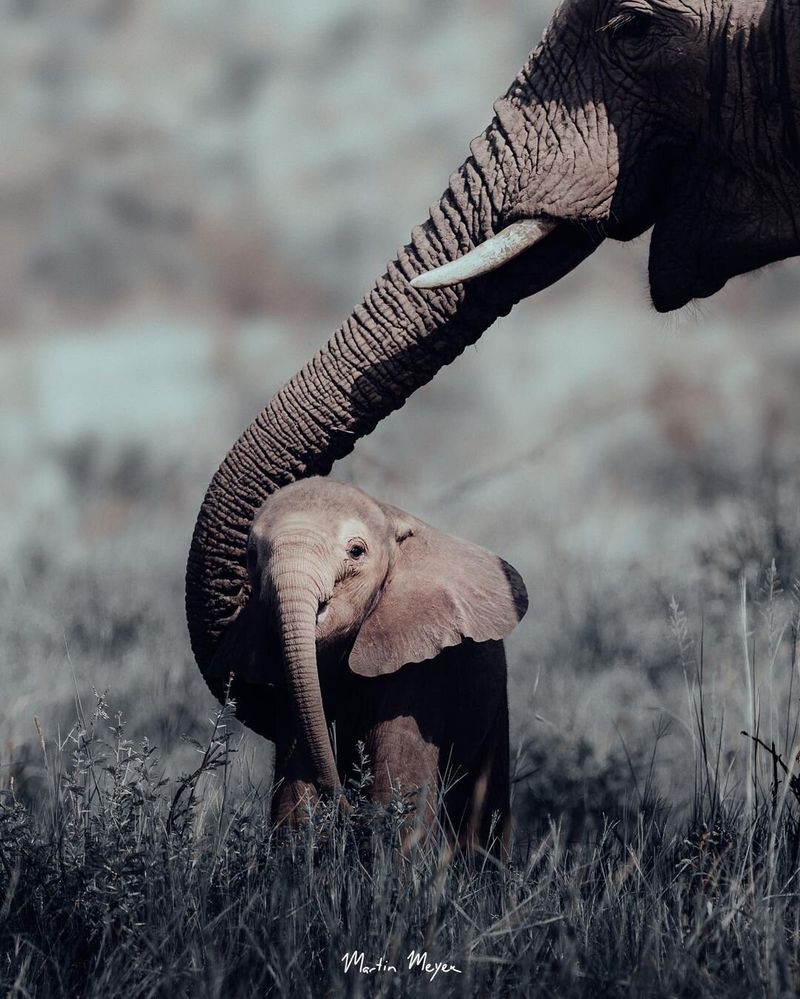
Elephants are majestic creatures with impressive cognitive abilities. Known for their excellent memory, elephants can remember water sources and migratory routes over vast distances.
In the wild, they have been seen using branches to swat flies and digging holes to access water, showcasing their tool-using skills. Elephants exhibit empathy and have been observed mourning their dead, indicating a deep emotional understanding.
Their communication involves a range of vocalizations and gestures, allowing them to convey complex information to herd members. These gentle giants continue to amaze us with their intelligence and social sophistication.
Crow
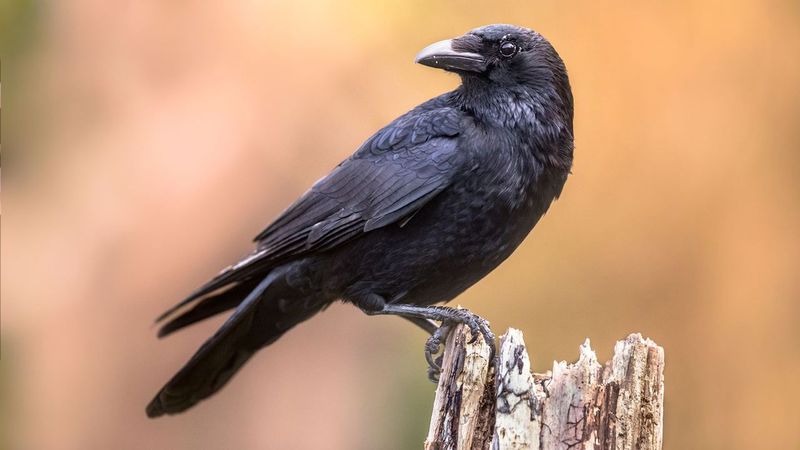
Crows, members of the corvid family, are known for their extraordinary intelligence. They can solve complex puzzles that stump even primates, showcasing their problem-solving abilities.
In experiments, crows have been observed using tools like sticks to extract food from hard-to-reach places. Their ability to recognize human faces and remember those who pose a threat highlights their keen memory.
Crows also exhibit social intelligence, often working in groups to achieve a common goal. Their ability to adapt to urban environments further showcases their cognitive flexibility, making them one of the most intelligent bird species.
Chimpanzee
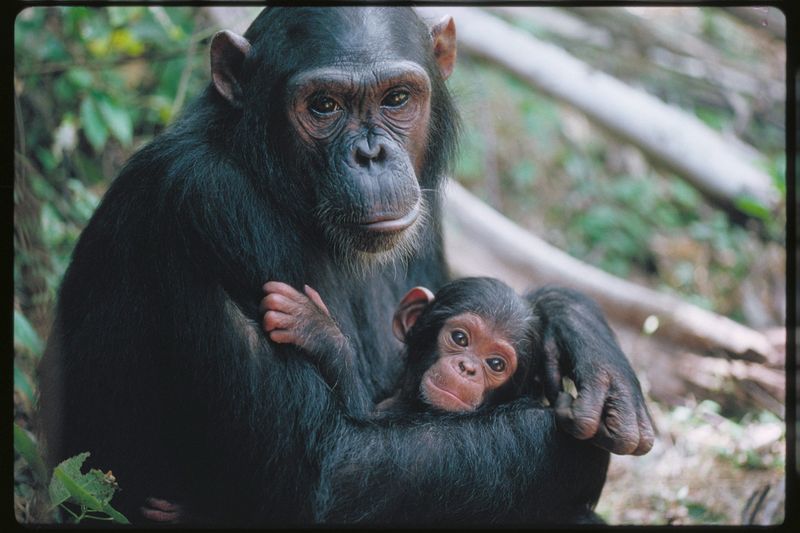
Chimpanzees, our closest genetic relatives, display remarkable intelligence and social behavior. They use tools for various purposes, such as fishing for termites or cracking nuts with stones.
Chimpanzees have complex social structures and communicate through vocalizations, gestures, and facial expressions. Their ability to learn and teach each other new skills highlights their cultural transmission capabilities. In research settings, chimpanzees have shown the ability to understand abstract concepts and solve puzzles.
Their emotional depth is evident in their empathy and grief for lost companions, making them one of the most intelligent and socially complex primates.
Raccoon
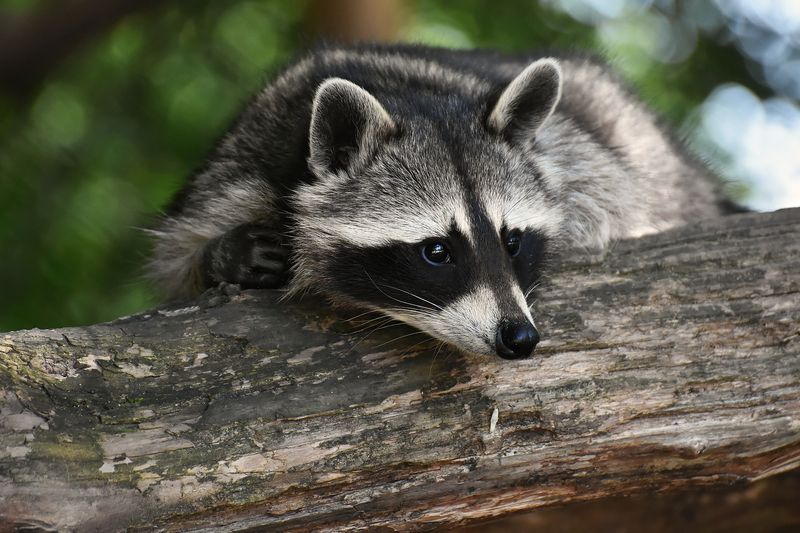
Raccoons, often seen as mischievous urban dwellers, have a reputation for their cleverness. These nocturnal mammals are adept at opening latches and unlocking containers to access food, demonstrating their problem-solving skills.
In experiments, raccoons have shown the ability to remember solutions to complex tasks for extended periods. Their dexterous paws allow them to manipulate objects with precision, akin to primate hands.
Raccoons adapt well to urban environments, finding innovative ways to navigate human landscapes. Their intelligence and adaptability make them successful survivors, often outsmarting human attempts to deter them from scavenging.
Orangutan
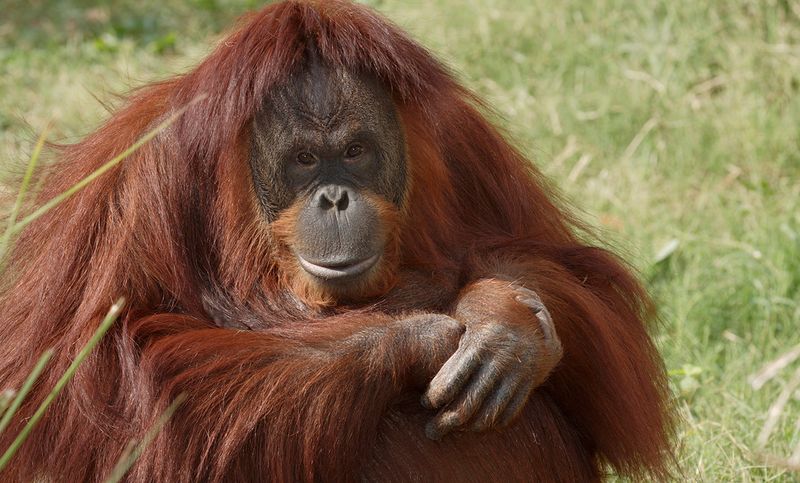
Orangutans, the ‘thinkers of the jungle,’ are known for their intelligence and problem-solving skills. They use tools in the wild, such as sticks to extract insects or leaves as umbrellas during rain.
Orangutans have complex social structures and communicate using vocalizations and gestures. Their cognitive abilities are demonstrated in their ability to learn sign language and solve puzzles in research settings. Orangutans exhibit foresight and planning, often storing tools for future use.
Their gentle nature and intellectual prowess make them fascinating subjects of study, offering insights into the evolution of intelligence in primates.
Pig
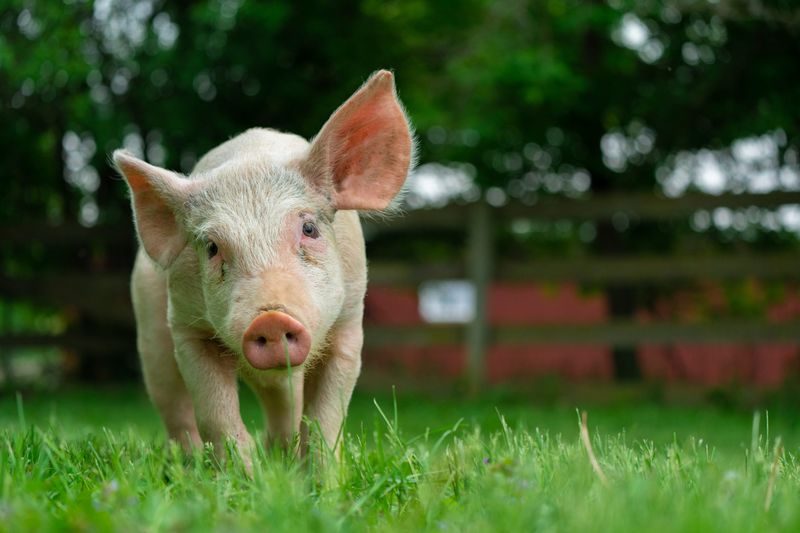
Pigs are intelligent animals with cognitive abilities comparable to dogs and primates. They can learn tasks quickly and remember them for long periods, showcasing their problem-solving skills.
Pigs exhibit emotional intelligence, often showing empathy and social complexity within their groups. In research settings, pigs have been trained to play video games using joystick-controlled movements, highlighting their learning abilities.
Their intelligence and social nature make them highly adaptable, thriving in various environments. Pigs’ cleverness and social bonds often surprise those who underestimate their capabilities, making them fascinating subjects for animal cognition studies.
Raven
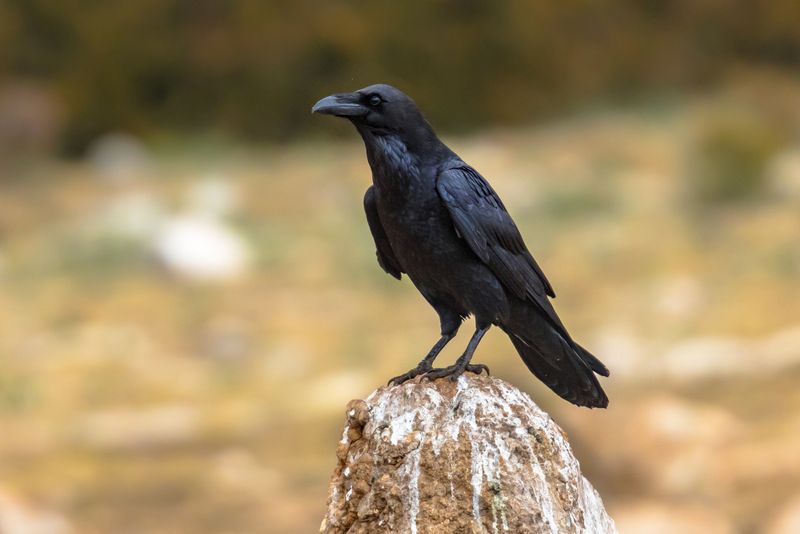
Ravens, like their crow relatives, are renowned for their intelligence and problem-solving skills. They use tools to extract food and have been observed planning for future events, a rare trait in the animal kingdom.
Ravens exhibit complex social behaviors and can mimic human speech, showcasing their communication skills. Their ability to solve puzzles and adapt to new challenges highlights their cognitive flexibility.
In the wild, ravens have been seen playing games and engaging in deception, such as hiding food from other animals. Their intelligence and adaptability make them fascinating subjects of study.
Honeybee
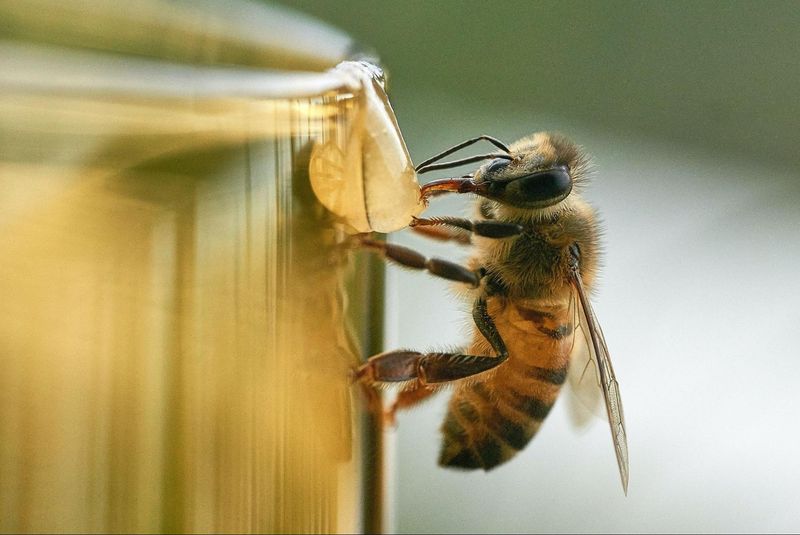
Honeybees, though small, exhibit remarkable intelligence and communication skills. They perform intricate dances to convey information about food sources to hive-mates, showcasing their ability to share knowledge efficiently.
Honeybees can solve complex navigational challenges and remember the locations of flowers. Their collective decision-making processes rival those of much larger animals, demonstrating swarm intelligence.
Honeybees exhibit cognitive flexibility, adapting their foraging strategies based on environmental conditions. Their ability to communicate and work together in large groups makes them vital to ecosystems and agriculture, highlighting the importance of understanding and protecting these intelligent insects.
Border Collie
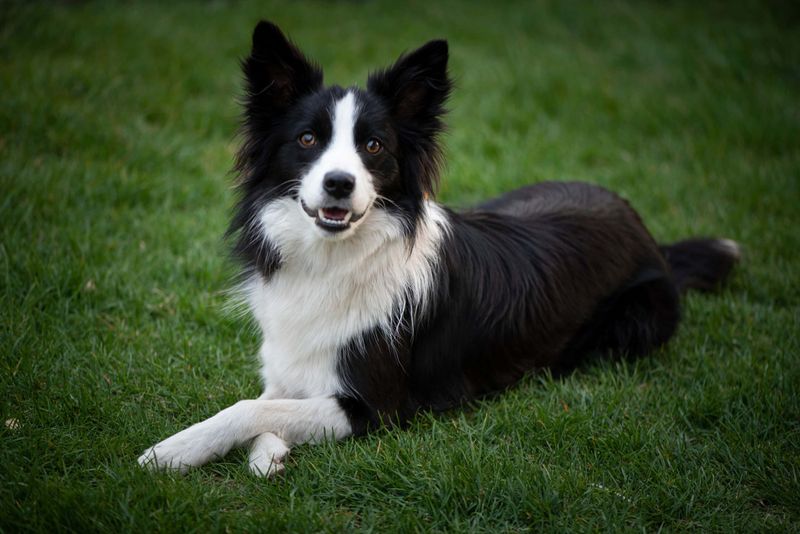
Border Collies are renowned for their intelligence and work ethic, often considered the most intelligent dog breed. Their ability to understand and follow complex commands makes them exceptional herding dogs.
Border Collies exhibit problem-solving skills, often outsmarting their handlers with their quick thinking and adaptability. They form strong bonds with their human companions, displaying emotional intelligence and empathy.
These dogs excel in various canine sports and activities, showcasing their versatility and eagerness to learn. Their intelligence and trainability make them popular pets and working dogs, admired for their dedication and cleverness.
Sea Otter
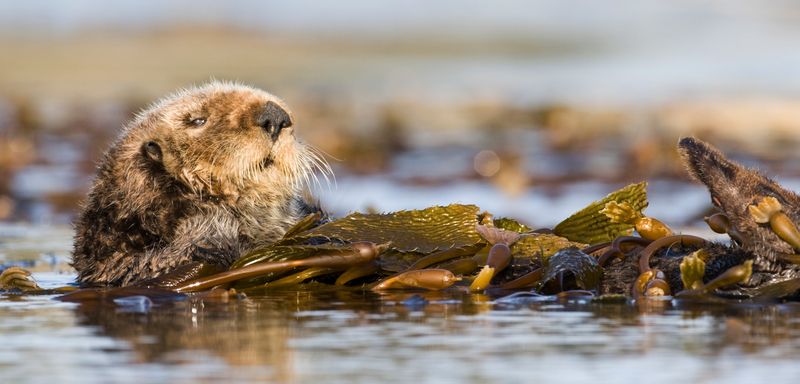
Sea otters, playful marine mammals, are known for their intelligence and tool-using abilities. They use rocks to crack open shellfish, a skill passed down through generations.
Sea otters exhibit problem-solving skills and can learn new behaviors quickly. Their social nature is evident in their grooming rituals and playful interactions, often holding hands to stay together while resting.
Sea otters’ ability to use tools and adapt to changing environments highlights their cognitive flexibility. Their charming behaviors and intelligence make them beloved creatures of the sea, capturing the hearts of those who study them.
Pigeon
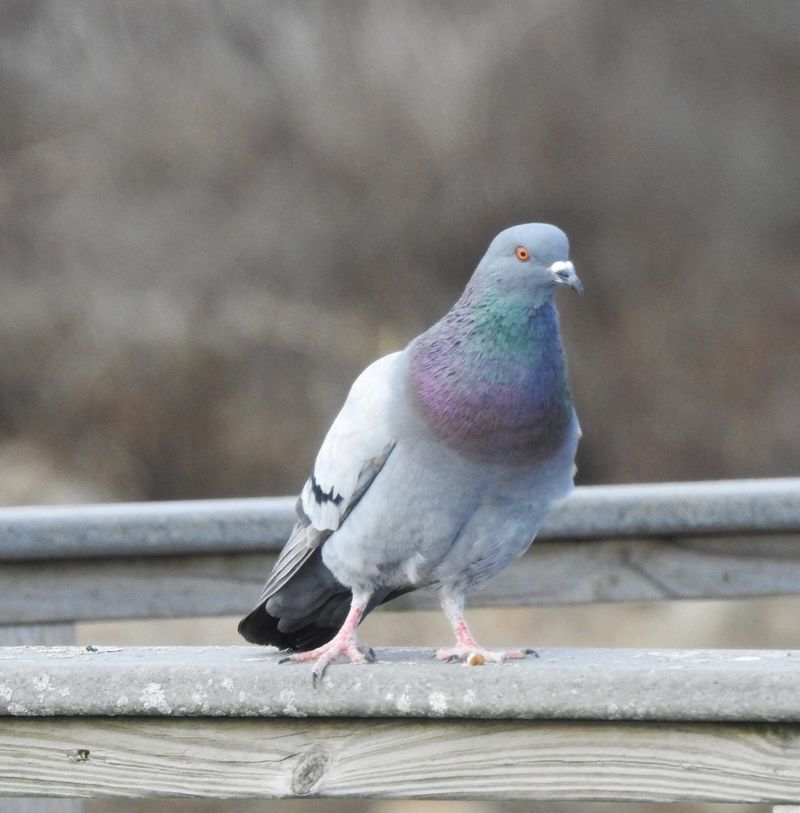
Pigeons, often seen as mere urban dwellers, are surprisingly intelligent. Studies have shown their ability to recognize themselves in mirrors, a trait associated with self-awareness. This capability places them among the few animals that can pass the mirror test, an indicator of advanced cognitive skills.
Moreover, pigeons have a remarkable memory, helping them navigate complex environments. Their homing ability is legendary, relying on an innate understanding of the Earth’s magnetic fields and visual landmarks. This skill is so reliable that they’ve been used as messengers in wartime.
These birds can also distinguish between different human faces, showing their adaptability in urban settings. Their intelligence is further demonstrated by their ability to learn abstract numerical rules, a feat not many animals can accomplish.
Capuchin Monkey
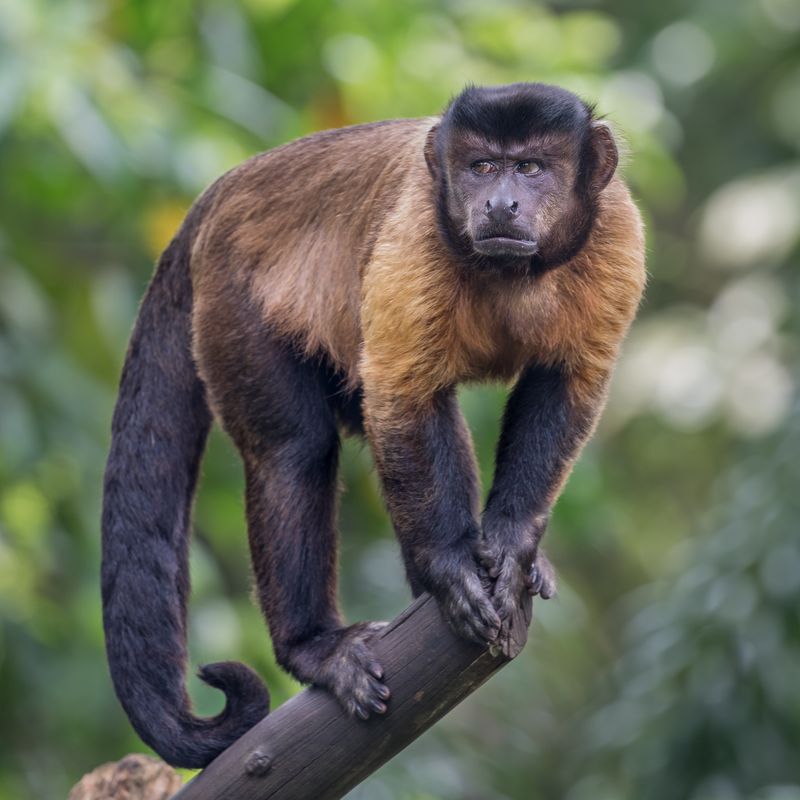
Capuchin monkeys, known for their dexterity and intelligence, are adept problem solvers.
They use tools like rocks to crack open nuts and sticks to extract insects, demonstrating their cognitive abilities. In social groups, Capuchins exhibit complex interactions and communication, often working together to achieve common goals.
Their curiosity and adaptability make them successful in various environments, from dense forests to urban areas.
Capuchins have been observed using leaves as cups to drink water, showcasing their innovative thinking. Their playful nature and intelligence make them fascinating subjects of study in primate cognition.
Portia Spider
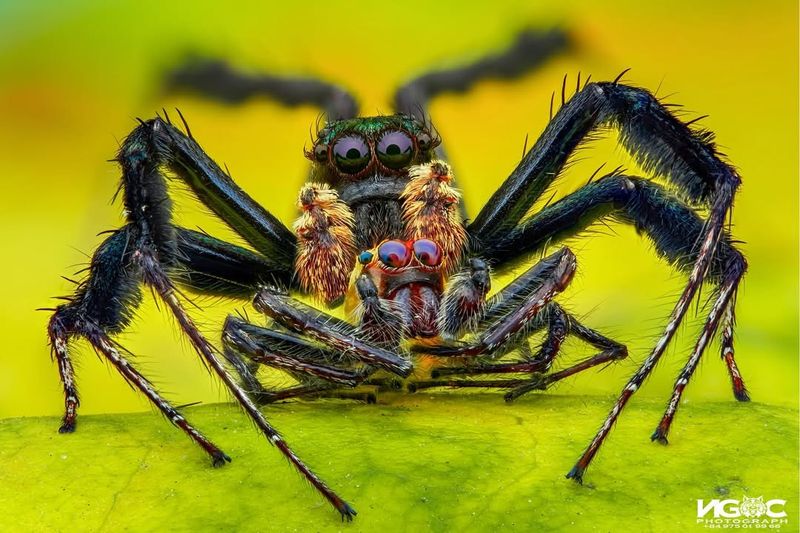
The Portia spider is not your typical arachnid. Known for its cunning hunting strategies, it can outwit prey through a combination of patience and deception. These spiders often engage in trial-and-error learning, adapting their tactics based on the reactions of their prey.
Unlike many other spiders that rely solely on instinct, Portia spiders exhibit a form of planning. They can analyze situations and execute complex, multi-step strategies to capture prey, showing a level of foresight rare in the insect world.
Their intelligence is further highlighted by their ability to learn and remember, traits that allow them to tackle various challenges in their environment. This adaptability and advanced problem-solving make them stand out among arachnids.
Scrub Jay
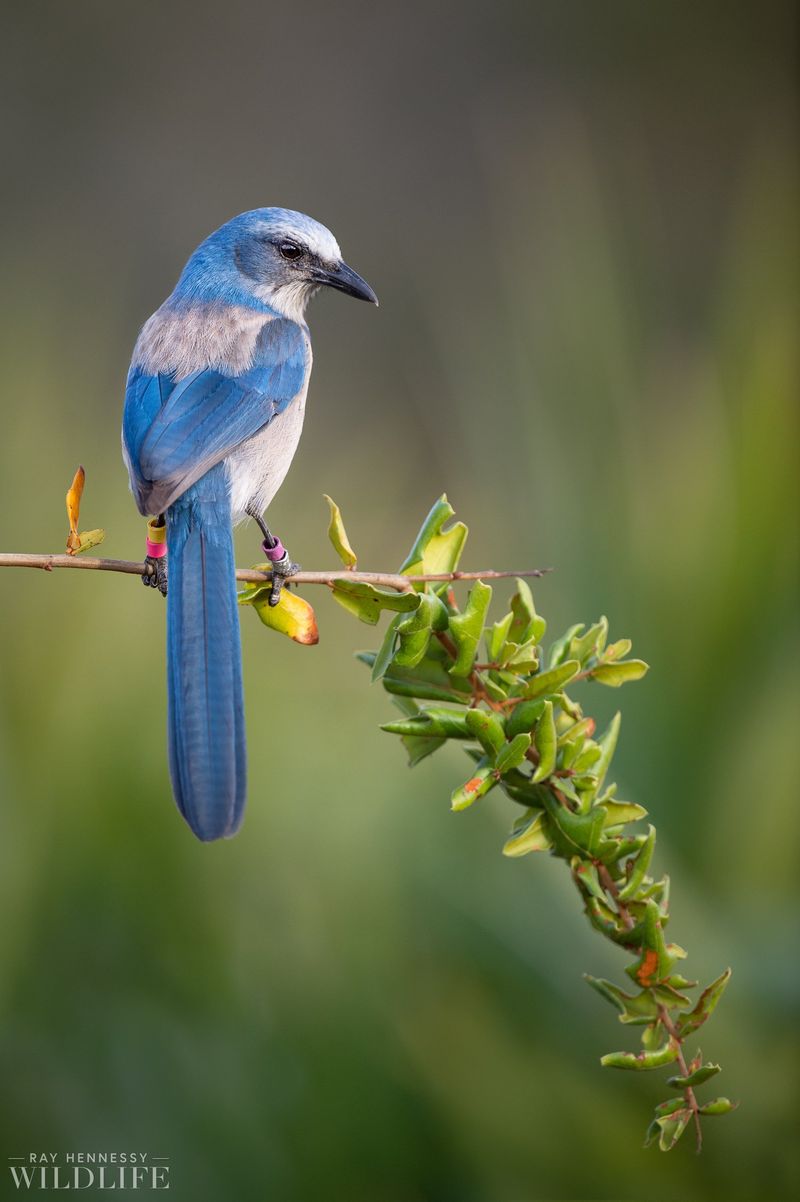
The scrub jay, a member of the crow family, is known for its impressive memory. These birds are adept at caching food and remembering the locations of hundreds of hidden items. Such memory skills are crucial for their survival, especially during lean times.
Their intelligence extends to understanding the concept of time. Studies have shown that scrub jays can anticipate future needs and plan accordingly, demonstrating cognitive abilities that resemble human foresight.
Beyond survival tactics, scrub jays have been observed engaging in what could be considered a form of empathy, reacting to the needs of others in their group. This social intelligence highlights their complex behavioral repertoire.
Goffin’s Cockatoo
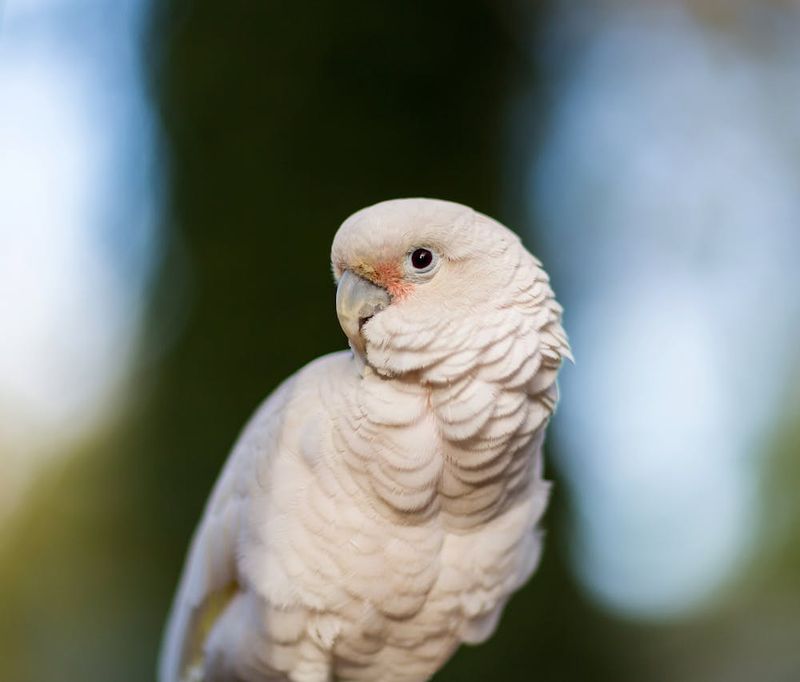
Goffin’s cockatoos are known for their playful personalities and impressive problem-solving skills. These birds have been observed using tools to achieve specific goals, such as retrieving food. This ability to manipulate objects showcases a high level of cognitive function.
Their intelligence is not just about tool use; Goffin’s cockatoos can learn from each other and understand complex tasks. They display a curiosity-driven approach to problem-solving, often experimenting with different methods to achieve success.
These cockatoos also have a social dimension to their intelligence. They engage with their peers and demonstrate behaviors that suggest a level of understanding and cooperation uncommon in many bird species.
Green Heron
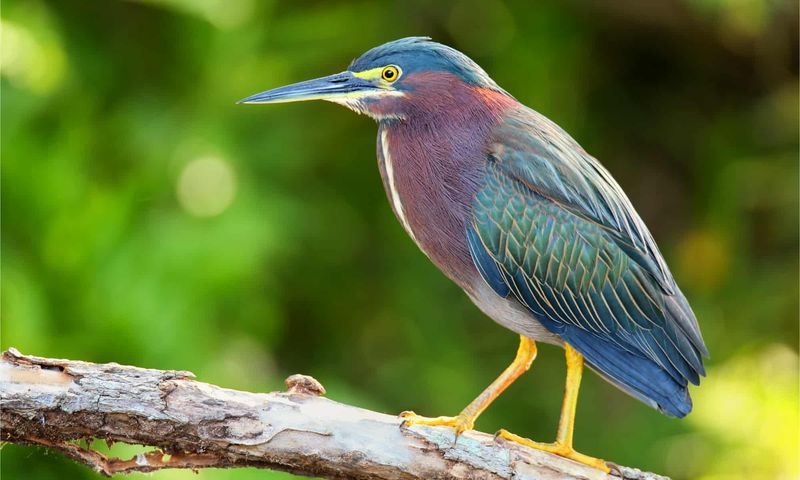
The green heron is a master of tool use, a trait not commonly associated with birds. These herons have been observed using objects like insects or small sticks as bait to lure fish, demonstrating a remarkable understanding of cause and effect.
This fishing technique requires patience and precision, highlighting the green heron’s ability to plan and execute complex tasks. Such behaviors indicate a level of intelligence comparable to mammals known for tool use.
Their adaptability is further evident in how they modify their tactics based on environmental conditions. This flexibility and intelligence make the green heron a fascinating example of avian cleverness.
Eastern Grey Squirrel
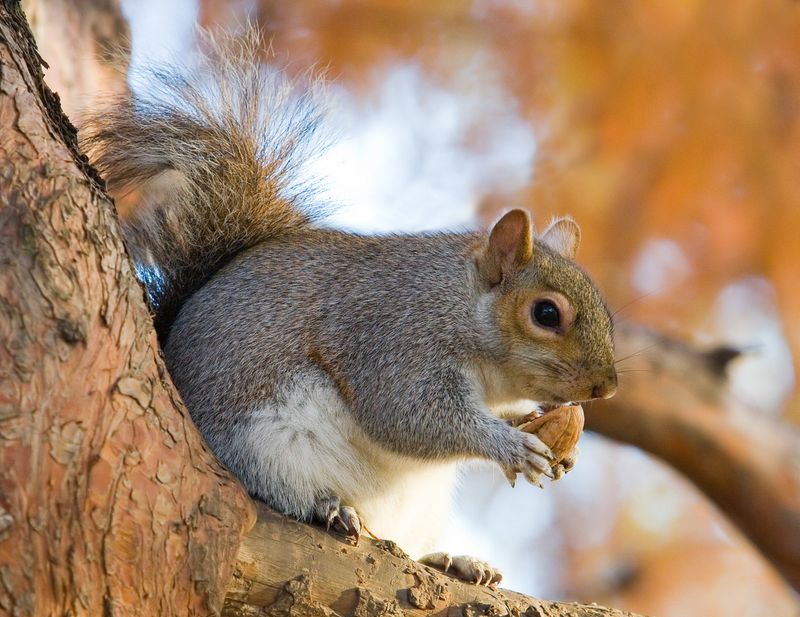
Eastern Grey Squirrels are common in urban areas, but their intelligence often goes unnoticed. These agile creatures display impressive problem-solving abilities, especially when it comes to accessing food sources.
Squirrels are known to engage in deceptive behavior, pretending to bury nuts to throw off potential thieves. This cunning strategy indicates their capacity for planning and strategic thinking.
Their spatial memory is also remarkably sharp, allowing them to remember the locations of hundreds of buried nuts. Such cognitive feats ensure their survival in environments where food availability fluctuates with the seasons.
Ants
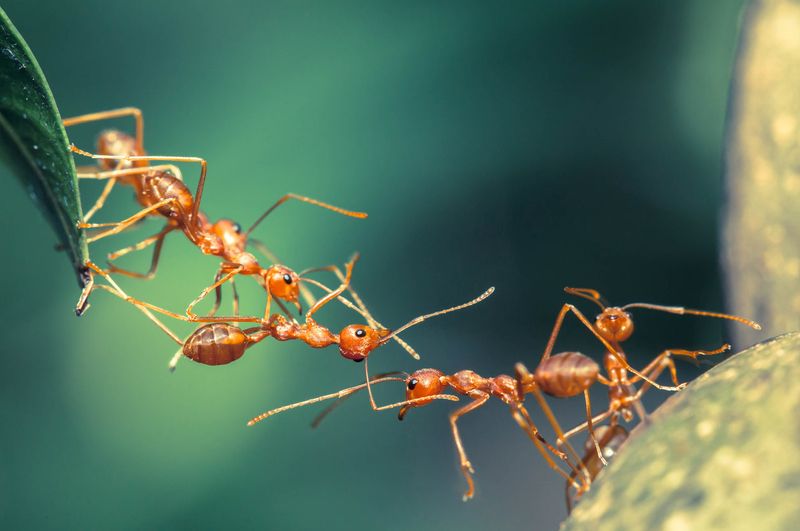
Ants exemplify collective intelligence, working seamlessly together to achieve complex tasks. Their ability to navigate and communicate through pheromones allows them to coordinate large-scale efforts, such as building intricate nests or transporting food.
Ants exhibit problem-solving skills, often finding the shortest path to resources and adapting to environmental changes. Their social structure is highly organized, with specialized roles for different members of the colony.
Ants’ ability to work collaboratively and efficiently makes them a subject of study in swarm intelligence, offering insights into decentralized decision-making processes and adaptability.

